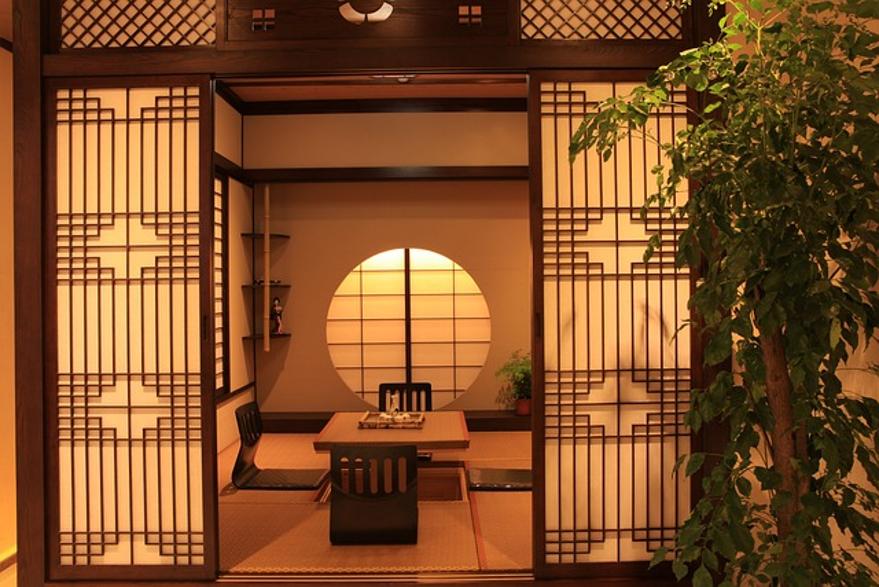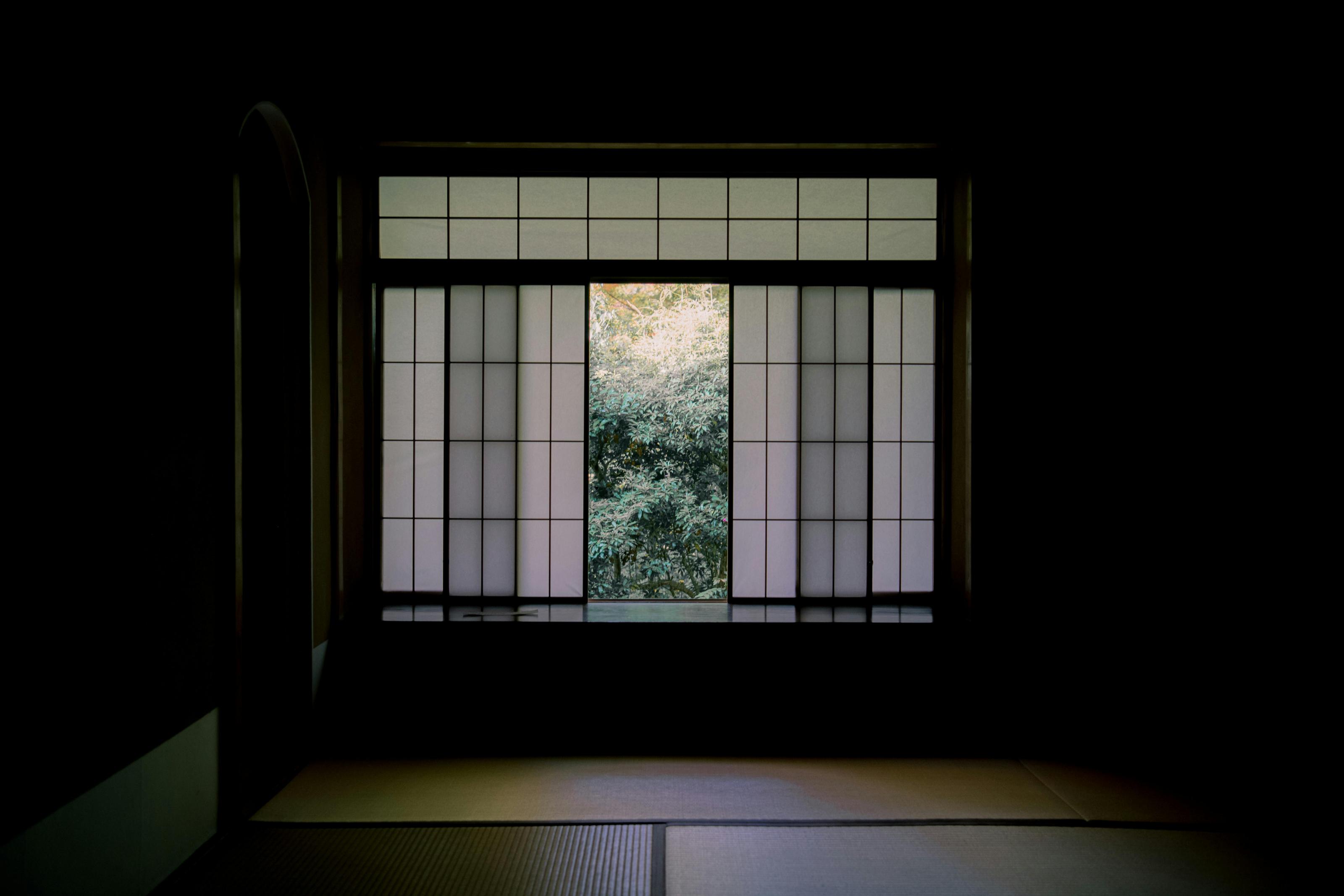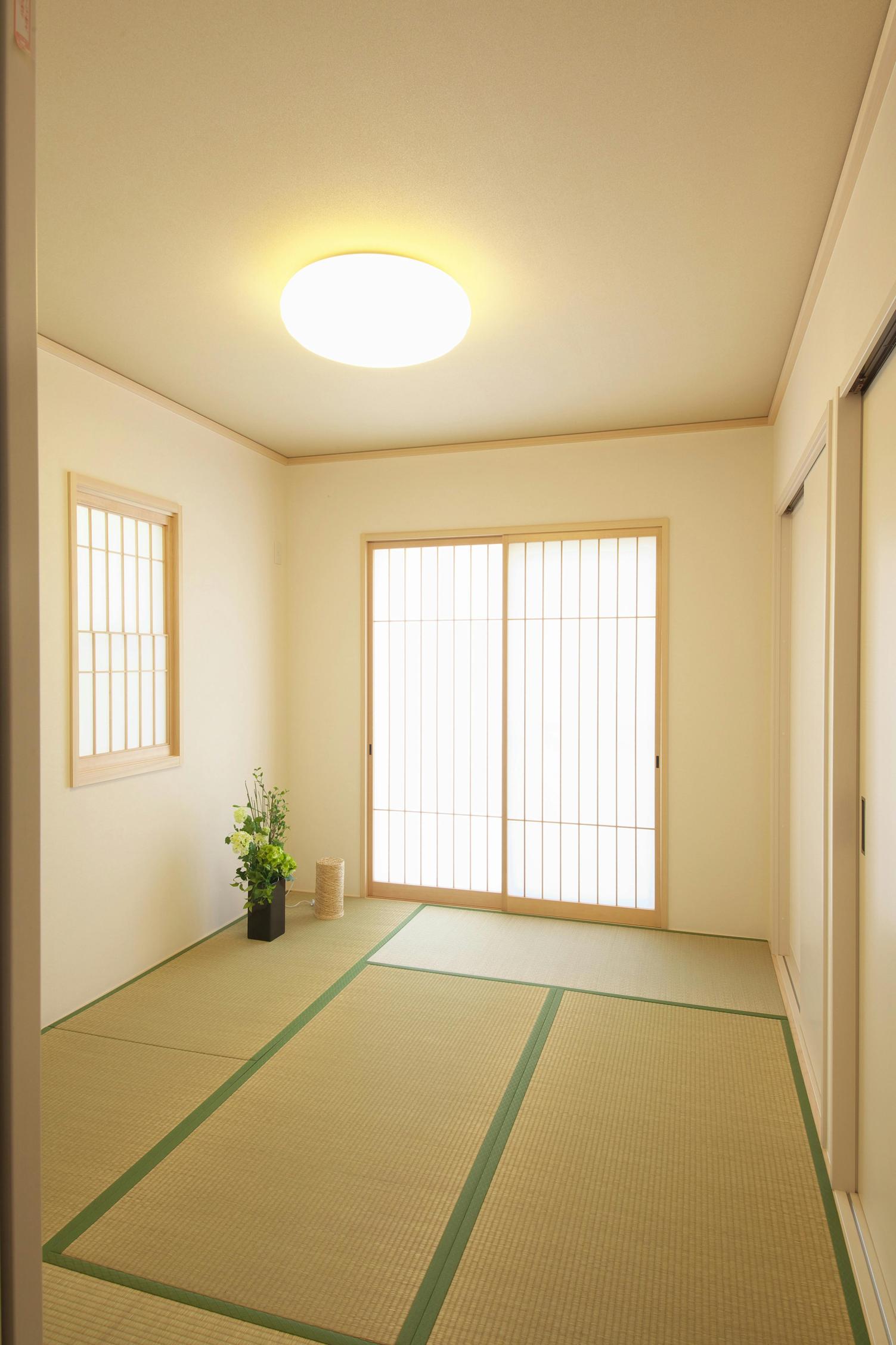Introduction
What exactly is a tatami room, and why has it captured the curiosity of interior decorators worldwide? This completely distinct type of room, characterized by the use of tatami mats as flooring, originates from Japan and carries a rich historical and cultural significance. A tatami room encapsulates tradition while integrating into modern living spaces with ease. By understanding its elements, history, and current day uses, you’ll gain a comprehensive view of what makes these rooms so uniquely compelling.

History of Tatami Rooms
The tatami room has a fascinating history dating back to the Nara period (710-794) in Japan. Initially, tatami mats were a luxury item available only to nobility. They gradually filtered down to samurai residences and were eventually adopted in commoner households by the Edo period (1603-1868).
In the beginning, tatami mats were portable and used primarily for seating. Over time, they evolved into permanent flooring solutions. This transition marked their introduction as staple features within Japanese homes, symbolizing comfort and sophistication. The tatami room’s design and layout became more standardized during the Edo period, emphasizing minimalism and alignment with nature, which are key principles in Japanese aesthetics.
Key Elements of a Tatami Room
Various components make a tatami room distinctive, and understanding these elements is crucial to appreciating this traditional space.
Tatami Mats
Tatami mats are woven from soft rush grass and have a unique fragrance and texture. Each mat typically measures about 1.91 meters by 0.95 meters, although sizes can vary. The number and arrangement of these mats determine the room’s overall layout, making tatami mats not just essential flooring but also a guiding factor for the room’s arrangement and structure.
Shoji Screens and Fusuma
Shoji screens, made from a thin wooden frame covered with translucent paper, serve as sliding doors or partitions. They allow natural light to filter through, creating a serene ambiance. Fusuma, on the other hand, are opaque sliding panels that offer privacy and can be decorated with traditional paintings. These elements contribute to the flexible and dynamic space of a tatami room, which can be reconfigured easily.
Tokonoma Alcove
The tokonoma alcove is a recessed space in the tatami room where art objects, seasonal flowers, or scrolls are displayed. This feature serves as the focal point of the room and reflects the owner’s taste and appreciation of aesthetics. It’s not merely decorative but holds spiritual and cultural significance, embodying the room’s overall harmony and balance.

Cultural Significance of Tatami Rooms
Tatami rooms are more than just interior design elements; they hold deep cultural importance in Japanese society.
Role in Japanese Tea Ceremonies
Tatami rooms are often the setting for Japanese tea ceremonies—a highly ritualized form of hospitality. The ceremony emphasizes purity, tranquility, and respect, all values that are mirrored in the room’s serene ambiance. Every element, from the arrangement of the tatami mats to the items displayed in the tokonoma, is thoughtfully planned to enhance the spiritual experience of the ceremony.
Connection to Zen Buddhism and Meditation
Tatami rooms are also closely associated with Zen Buddhism and meditation practices. The minimalist design encourages reflection and mindfulness. The natural materials and uncluttered space foster a sense of peace, making these rooms ideal for meditation. The tatami mat’s comfortable texture adds to the overall experience by offering a grounded, earthy feel that helps in centering the mind.
Modern Uses of Tatami Rooms
While rooted in tradition, tatami rooms have found their place in contemporary homes and multifunctional spaces.
Tatami Rooms in Contemporary Homes
Modern adaptations of tatami rooms often combine traditional elements with contemporary aesthetics. You might find a tatami room that integrates modern furniture, balancing the old with the new. These rooms can serve various purposes, from guest rooms and study areas to quiet retreats for reading or napping. The natural materials used are eco-friendly, making them attractive to those interested in sustainable living.
Multifunctional Spaces: From Bedrooms to Living Rooms
Tatami rooms are highly versatile. In smaller apartment settings, they can easily transition from a living room during the day to a bedroom at night. Sliding fusuma doors allow for such transformations without the need for extensive renovations. This flexibility makes tatami rooms perfect for urban dwellers looking to maximize their living space without sacrificing aesthetic appeal.
Creating a Tatami Room in Your Home
Thinking about adding a tatami room to your home? Here’s what you need to consider.
Planning and Space Requirements
The first step is to determine the room’s size and layout. Traditional Japanese homes often have rooms specifically designed for tatami, but you can adapt an existing room in your house. Ensure that the space will accommodate the number and size of tatami mats you plan to use. Remember, tatami rooms are typically measured in ‘jo,’ with one jo representing one tatami mat.
Choosing Authentic Materials
For a truly authentic tatami room, investing in high-quality, traditional materials is key. Look for mats made from natural rush grass and authentic shoji screens crafted with real wood and rice paper. Authentic materials will not only look better but will also provide the tactile and olfactory experience characteristic of a traditional tatami room.
Décor and Accessories
Accessorize your tatami room with traditional Japanese décor to enhance its authenticity. Items like zabuton (Japanese floor cushions), chabudai (low tables), and kakejiku (hanging scrolls) contribute to the room’s ambiance. Plants like bonsai or ikebana flower arrangements add a touch of nature, reinforcing the connection to the natural world.

Conclusion
A tatami room is a sanctuary that combines history, culture, and functionality. Whether you’re drawn to its historical roots, its cultural significance, or its modern applications, there’s no denying the unique charm a tatami room can add to any home. With the right planning, materials, and décor, you can create a space that’s both beautiful and versatile.
Frequently Asked Questions
How do I maintain tatami mats?
– Regularly air them out by lifting the mats.
– Avoid placing heavy furniture directly on the mats.
– Clean with a dry cloth or a vacuum cleaner designed for tatami.
Can I install a tatami room in a small space?
Absolutely. Tatami mats can be custom cut to fit even smaller areas. You can also use sliding partitions like shoji screens to create a small yet functional tatami area.
Are tatami rooms expensive to create?
The cost can vary based on the materials used and the complexity of the design. Authentic materials tend to be pricier, but there are budget-friendly alternatives available that maintain the aesthetic without breaking the bank.
